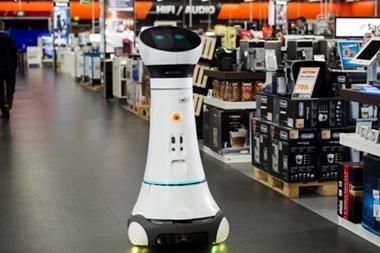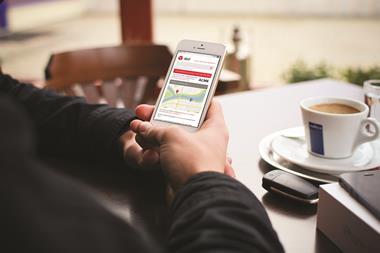Zendesk’s Daniel Bailey explains why retailers need to adopt an omnichannel approach to customer service in order to keep customers loyal.
The way a company interacts with its customers can make or break its ability to build brand loyalty.
Even if the product or service they buy is perfect, it can be let down by a subpar customer experience when it comes to the purchase process and delivery – after all, chances are there are a whole host of companies selling the same thing.
The key battleground will be the experience that shoppers have in buying it from you.
Keep it formal
A recent study by Zendesk, Shattering the Stereotypes of Chat, found that the majority of British consumers want brands to communicate with professionalism when discussing a customer service issue: 79% for digital-first brands and 87% for established legacy brands.
“Only one in five British consumers agreed they wanted their interaction with a digital-first brand to feel like they were talking to a friend”
They want to feel like they’re in safe, capable hands with a brand, whether they’re raising an issue via the website or instant-messaging with a query.
Only one in five (21%) agreed they wanted their interaction with a digital-first brand to feel like they were talking to a friend.
When considering the types of communication channels consumers are now using to interact with brands, there’s a certain perception that different channels require different conversation styles.
At one end of the spectrum are email and phone calls, which are generally assumed to be professional forms of communication.
Alternatively, there are messenger apps and social media, which people think of as more informal.
However, our research shows that brands should remain professional in all their responses to customers, no matter what channel they’re communicating on or how consumers speak to them.
Even if their brand personality is usually quite informal, managing customer service communications, such as dealing with complaints or queries, is not the time for brands to use acronyms, emojis or gifs.
Omnichannel customer service
The research also revealed that older age groups are enthusiastically embracing new communication channels.
While the stereotype may be that the 55+ age group will go into a store (51%) or phone a brand to speak to them (43%), our research found that email is the most popular form of communication (57%) for those keen to get in touch with a legacy retail brand.
Meanwhile, while you might assume that 18- to 24-year olds would lean heavily on social media private messaging (26%) or public messaging (18%) to reach out to brands, our survey found that well over a third (44%) opt for email and, if communicating with a legacy brand, 39% prefer to go in store.
By adopting an omnichannel approach to customer service and being consistent with their brand voice across these channels – from messenger apps to in-store staff – retailers can ensure a positive experience for consumers, however and wherever they wish to get in touch.

Daniel Bailey leads Zendesk as vice-president of sales for north and west Europe, highlighting the importance of different communication channels when talking to consumers.
To find out more about what consumers want from their customer service interactions, read Zendesk’s report Shattering the Stereotypes of Chat.












![Ollie Pryor[46]](https://d53bpfpeyyyn7.cloudfront.net/Pictures/274x183/1/7/1/3119171_olliepryor46_336332_crop.jpg)




















